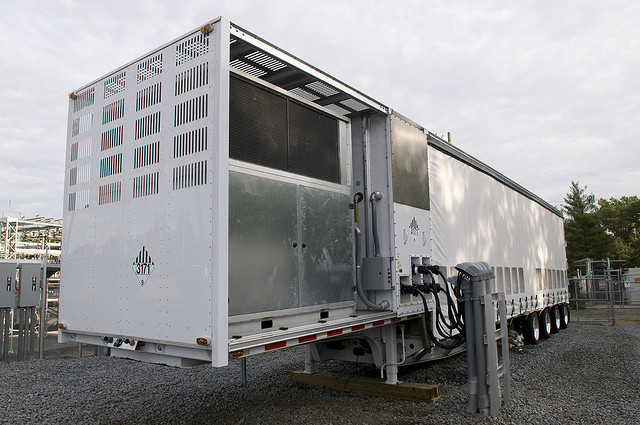One of the biggest challenges of relying on large quantities of renewable energy has to do with the fact that we can’t control when renewables actually generate electricity. When the wind blows, we get electricity, period. When the sun sets, our solar panels cannot provide the electricity we need at night. That is, of course, unless we capture the energy and store it for later use.
Forms of energy storage, such as pumped hydropower, are being used in limited ways today, but storage resources do not exist in large quantities on our electricity grid. Thanks to a decision approved by the California Public Utilities Commission (CPUC) on Thursday, that is about to change.
Utilities to invest in 1.3 GW of energy storage

Battery storage facility. Photo: Duke Energy
The decision requires the three investor-owned utilities (IOUs) in the state — Pacific Gas and Electric Co., Southern California Edison, San Diego Gas and Electric — to invest in 1.3 gigawatts by the end of 2020. This is roughly enough storage to power nearly 1 million homes.
There are many different forms of energy storage. The CPUC’s decision is technology neutral, which means the IOUs must weigh the various costs and benefits of different technologies as they make investment decisions.
For example, flywheels provide near-instant bouts of storage, while batteries take longer to “charge” and provide more storage capacity.
Both forms of storage are valuable during different times of the day and night. Those who wish to dig deeper into the costs and benefits of different technologies should check out reports recently released from the Electric Power Research Institute and DNV KEMA that both go into great detail on the subject.
There’s no question that requiring utilities to purchase energy storage is cutting edge. The lessons learned from these investments will provide important information to help guide future cost-effective investments in storage. Once again, California is out in front, taking a leadership role in finding new ways to maximize the potential of clean energy generation.
